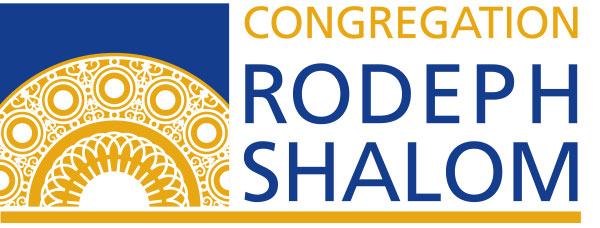Abraham Joshua Heschel was born on January 11, 1907. Martin Luther King, Jr. was born on January 15, 1929. But there is so much more than just having birthdays this month that unite these two amazing men.
The photograph of Abraham Joshua Heschel walking arm in arm with Martin Luther King, Jr., in the front row of marchers at Selma has become an icon of American Jewish life, and of Black-Jewish relations. Reprinted in Jewish textbooks, synagogue bulletins, and studies of ecumenical relations, the picture has come to symbolize the great moment of symbiosis of the two communities, Black and Jewish, which today seems shattered.
The relationship between the two men began in January 1963, and was a genuine friendship of affection as well as a relationship of two colleagues working together in political causes. As King encouraged Heschel’s involvement in the Civil Rights movement, Heschel encouraged King to take a public stance against the war in Vietnam. When the Conservative rabbis of America gathered in 1968 to celebrate Heschel’s sixtieth birthday, the keynote speaker they invited was King. When King was assassinated, Heschel was the rabbi Mrs. King invited to speak at his funeral.
Heschel, like King, used Exodus imagery when writing about civil rights, and he used the imagery to rebuke white audiences for their racism. American Jews, too, were Egyptians, in Heschel’s retelling.
At his first major address on the subject, at a conference on Religion and Race sponsored by the National Conference of Christians and Jews in Chicago on January 14, 1963, the occasion where Heschel and King first met, Heschel opened his speech by returning the present day to biblical history: “At the first conference on religion and race, the main participants were Pharaoh and Moses…. The outcome of that summit meeting has not come to an end. Pharaoh is not ready to capitulate. The exodus began, but is far from having been completed. In fact, it was easier for the children of Israel to cross the Red Sea than for a Negro to cross certain university campuses.”
In February 1964, at another conference, held at a time when white resistance in America was increasing, Heschel reminded his audiences, “The tragedy of Pharaoh was the failure to realize that the exodus from slavery could have spelled redemption for both Israel and Egypt. Would that Pharaoh and the Egyptians had joined the Israelites in the desert and together stood at the foot of Sinai!”
For both King and Heschel, the theological was intimately intertwined with the political and that conviction provided the basis of the spiritual affinity they felt for each other. Shortly after returning from the march, Heschel wrote to King: “The day we marched together out of Selma was a day of sanctification. That day I hope will never be past to me – that day will continue to be this day…. May I add that I have rarely in my life been privileged to hear a sermon as glorious as the one you delivered at the service in Selma prior to the march.”
For Heschel, the march had spiritual significance. He wrote, “For many of us the march from Selma to Montgomery was about protest and prayer. Legs are not lips and walking is not kneeling. And yet our legs uttered songs. Even without words, our march was worship. I felt my legs were praying.”
In an essay called, “No religion is an Island,” Heschel concludes with a question, “What, then, is the purpose of interreligious cooperation?” He answers:
It is neither to flatter nor to refute one another, but to help one another; to share insight and learning, to cooperate in academic ventures on the highest scholarly level, and what is even more important to search in the wilderness for well-springs of devotion, for treasures of stillness, for the power of love and care for man. What is urgently needed are ways of helping one another in the terrible predicament of here and now by the courage to believe that the word of the Lord endures for ever as well as here and now; to cooperate in trying to bring about a resurrection of sensitivity, a revival of conscience; to keep alive the divine sparks in our souls, to nurture openness to the spirit of the Psalms, reverence for the words of the prophets, and faithfulness to the Living God.
On Friday night, January 15th, we will seek to hold true to these words. We will be holding a special multi-faith service alongside Bright Hope Baptist Church. I hope that you can all join us that night for a truly spiritual service to honor the lives of both Abraham Joshua Heschel and Dr. Martin Luther King, Jr.
——————————————————————-
Above quotations cited from Susanna Heschel’s article, Praying with their Feet: Remembering Abraham Joshua Heschel and Martin Luther King, http://www.peaceworkmagazine.org/praying-their-feet-remembering-abraham-joshua-heschel-and-martin-luther-king
